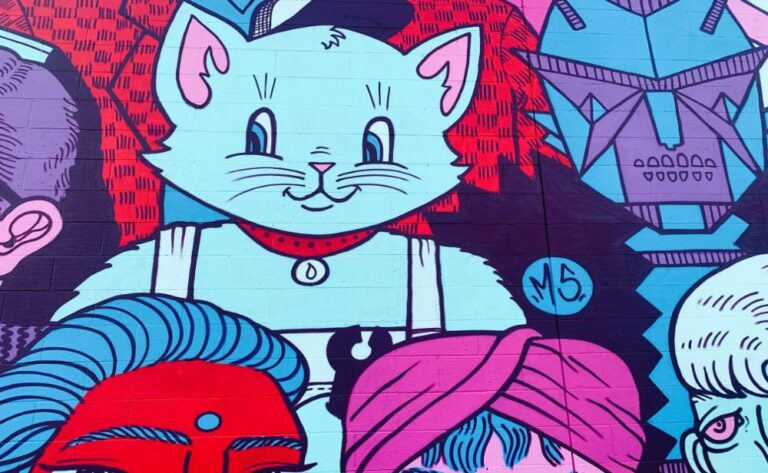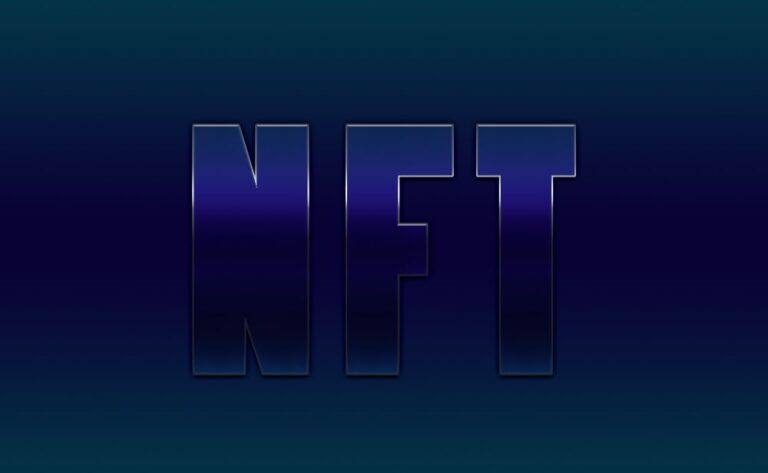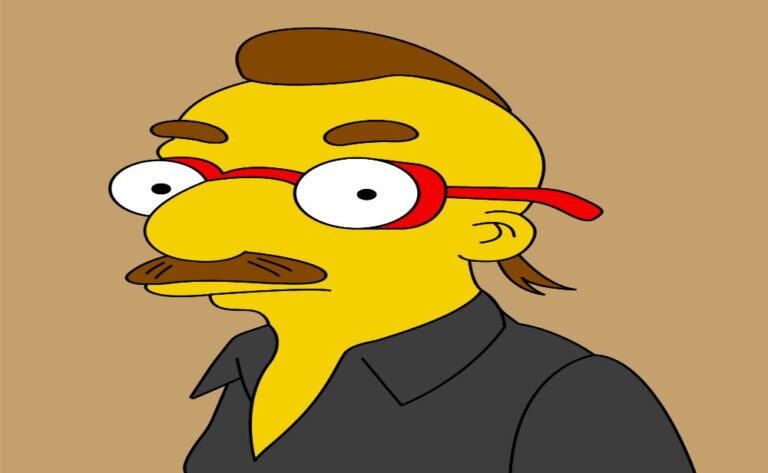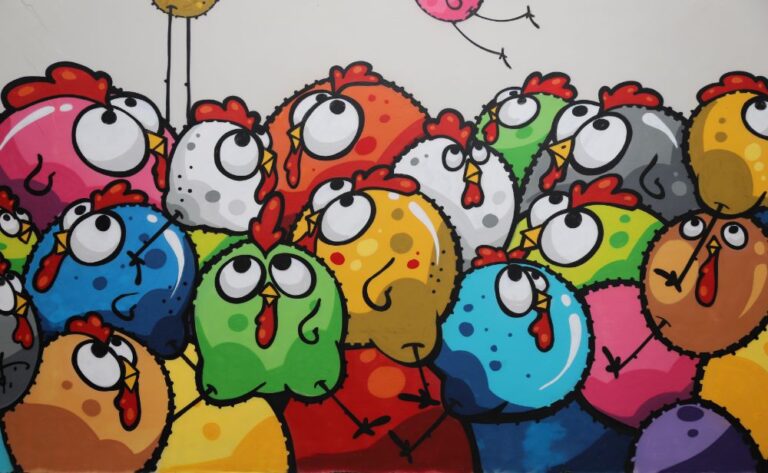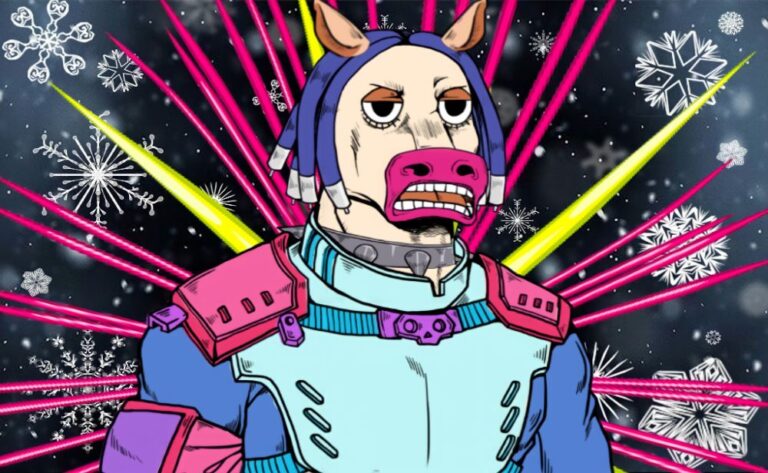
Disclosure of Advertisements This article or post may mention items or services offered by one or more of our sponsors, advertisers, or partners. When you click on links to those products or services, it’s possible that we will earn compensation.
When I am explaining NFTs to a new person, the number one follow-up question that I am frequently asked is, “But what do you get out of it, though?”
Nothing, to give the answer in its shortest form. In exchange for your contribution, you will receive bragging rights and a few lines of code on the Ethereum blockchain.
However, in recent times, the answer has become more convoluted. When you buy a non-fiction title (NFT), you could occasionally acquire certain limited copyright uses. Consequently, this raises the following question: what resources are available to the artist? Where do we draw the line?
Now that we have that out of the way, let’s go through everything you should know about NFTs and copyright.
The Abbreviated Version
• Non-Flat-Fee Transactions, in the vast majority of occurrences, do not confer any kind of copyright protection to the purchaser.
• Certain non-financial transfers (NFTs) do in fact involve limited copyright uses; nevertheless, the purchase contract for these transactions always includes explicit authorisation and/or a transfer of ownership.
• Although it is theoretically against the law to mint and sell NFTs of artwork that you do not personally own, enforcement measures are virtually nonexistent.
An Overview of NFTs in a Nutshell
To put it in its most basic form, a non-fungible token (NFT) is nothing more than a “certificate of ownership” for a piece of digital art that resides (mainly) on the Ethereum blockchain.
NFTs contain three primary bits of data in addition to some timestamping, which are as follows:
• A hypertext connection leading to an artistic creation
• The name of the artist who created the work originally
• The name of the individual who is in possession of the NFT at the present time
Is that the only thing you get when you purchase an NFT that costs $984 and depicts a bear balancing a burger on its finger? Alternately, does the purchase include certain limited copyright uses for you to utilize?
The Meaning of the Term “Copyright”
Copyright refers to the legally protected rights that an original creator has to:
• You should try to sell the work.
• Make, disseminate, and make a profit off of copies of their work
• You should sell merchandising that features the work.
• Show the work in public or do a performance of it
• Make a claim to “moral rights,” which means that you should object to mutilations, changes, or uses that are disparaging.
• Otherwise make a profit from the use of the work in a commercial context
Additionally,
The Berne Convention for the Protection of Literary and Artistic Works is considered to be the origin of the modern copyright system (1886). Given that this text is essentially the creator’s Bill of Rights, all modern creators owe it to themselves to read it with the utmost care.
The Berne Convention includes a “principle of automatic protection,” which states that the work is immediately granted copyright protection the moment it is finished being created. This protection, in most instances, continues for fifty years after the author has passed away, after which point it is released into the public domain.
You can also register your creative works with the United States Copyright Office if you are an artist who is looking for some additional protection for their work. Although this additional line of defense can help deter copycats and make it simpler to bring legal action against them, it is not absolutely required to have it in place.
Since the very beginning, it has been and will continue to be your labor.
Let’s examine whether or not there is a connection between NFTs and copyrights once we’ve updated our knowledge on both topics.
In what ways are buyers of NFTs protected against infringement of their copyright?
At the very least, not 99.9% of the time, which is none of the time.
Buying an NFT is, in the overwhelming majority of instances, not dissimilar to purchasing an 8-by-10-inch print from a vendor at an art fair. There is no agreement in place with the artist, no discussion taking place between attorneys, and none of that other nonsense. You might not even get a receipt.
On the other hand, carrying out the transaction was a breeze. If you pay the artist money, she may give you a piece of artwork to display on your wall in exchange.
But let’s delve deeper. What exactly does the possession of an NFT give you the right to do? On the other hand, what actions could be construed as going too far and could subject you to legal action?
Now That We’ve Got That Out of the Way, What Perks Do I Get for Owning the NFT?
A small amount.
In a broad sense, holders of NFTs are afforded the same legal protections as buyers of actual works of art. They have the option of:
1. Put it on display, or
2. Sell it
Anything beyond that would very certainly violate some legal restriction or other.
Having said that, those who hold NFTs do have access to a variety of rather intriguing choices inside the “display” category.
To begin, you actually have the option of using any NFT that you own as your verified profile photo on Twitter. Your profile will take on a one-of-a-kind hexagonal form as a result of this cool new feature, which was introduced in January.
There are a few important qualifications. To begin, you will need to shell up the $3 per month required to maintain a premium Twitter Blue account. After that, you will need to buy or borrow an iPhone in order to use the feature because it is exclusive to iOS devices. In the final step, you will have to link one of the following compatible wallets: MetaMask, Coinbase Wallet, or Rainbow Wallet.
Mark Zuckerberg is the one who suggested the second “display” option. During his keynote address on the topic of the metaverse at Connect 21, he spoke about virtual art galleries that allow NFT owners to display their collections with pride.
Pixlr, a photo editor company, made the announcement about Pixlr Genesis two months later. They called it “the preeminent 100% decentralized art gallery to rival the Louvre.”
(This does not apply to other online public art galleries because it is highly likely that they will continue to be protected by “fair use” legislation given that their primary mission of “nonprofit education” will not alter.)
Having said that, the “show and sell only” guideline does have three exceptions, which are as follows:
1. Express permission in writing. An NFT purchase may, on occasion, contain express written authorization from the artist for limited copyright uses. In extreme cases, an NFT purchase may even involve a full transfer of ownership, in which case all of the Xs in the table above would be moved to the right-hand column. One well-known illustration is the film Bored Apes. Owners of Bored Ape NFTs are referred to as “Apeholders,” and they have the legal right to profit from their individual apes and create derivatives based on them.
2. Works that were commissioned. You would be the owner of the copyright to an NFT minted on your behalf if you commissioned an artist to do so and agreed to a transfer of ownership upon the NFT’s creation. In spite of the widespread misconception, commissioners do not automatically acquire ownership of copyrights.
3. Public domain. Last but not least, if you are the owner of the NFT for an artwork that is in the public domain, there is technically nothing that can prevent you or anyone else from changing the work or selling copies of it.
Is There Anything That Can Prevent Another NFT Creator From Copying Your “Exclusive” NFT?
Both yes and no
To begin, they are unable to replicate your precise NFT since, due to its non-fungible properties, it cannot be copied. It is impossible to create an identical clone of it because it contains one-of-a-kind identifiers that are engraved into the code itself.
On the other hand, there is no barrier preventing an artist from producing many NFTs based on the same piece of artwork. To give one example, Snoop Dogg’s song “Diamond Joint” has generated 824 NFTs up to this point:
Importantly, though, Snoop Dogg communicated from the beginning that there would be a limit of 20,000 copies of each edition. Because of this, nobody was duped into purchasing an NFT by the bogus promise of exclusivity.
If he had stated that only one hundred would be produced, but then went on to produce 19,000 more, he may have been hauled to civil court for false advertising.
Putting the possibility of legal action to the side, the reason why NFT makers don’t do this is because it would destroy their brand and put their future sales in jeopardy.
When we talk about creators, we should probably discuss the copyright protections that are in place for them.
What kinds of copyright protections are afforded to those who create NFTs?
All of the automatic copyright rights that the Berne Convention grants to creators, such as yourself, continue to apply in the field of non-fiction texts.
After all, non-fungible tokens (NFTs) can be thought of as “reproductions” that only you, the original creator, are legally permitted to generate and profit from commercially.
Because you stand to gain financially from them, you should ensure that you have complete ownership of the intellectual property (IP) in question.
According to the digital legal organization Renn & Co., every person interested in minting NFTs should ask oneself the following three questions:
• Is the piece of artwork you want to have minted an original, has it never been done before, and was it made by you?
• Have you, alone or in partnership with other artists, been responsible for the creation of the artwork that forms the basis of the NFT?
Are you the rightful owner of the intellectual property associated with the artwork?
If you try to sell the NFT and the answers to all three questions are not a loud “yes!” then you could be getting yourself into some serious trouble.
Is It True That Someone Has Sued Someone Else For Reproducing NFTs?
According to the writings of the legal group Frost Brown Todd, there is already “a fair amount of NFT litigation brewing.” Among the dozens of high-profile examples, the following are only some of them:
• Roc-A-Fella Records has filed a lawsuit against its co-founder, alleging that the co-founder attempted to mint Jay-album Z’s Reasonable Doubt as a non-functional transcript.
• Miramax filed a lawsuit against Quentin Tarantino for his use of NFTs to sell seven “exclusive scenes” from the film Pulp Fiction.
• Nike has filed a lawsuit against the online store StockX, accusing them of selling non-football trading cards (NFTs) of limited-edition Nike shoes (we’re not sure how they could get away with that one).
The mere fact that judges are taking these cases ought to given NFT creators some measure of comfort, even though the rulings have not yet been rendered.
This indicates that non-fungible tokens (NFTs), despite the fact that they are jumbles of code, are still regarded reproductions of someone’s creativity; hence, copyright laws designed for works created in the 19th century definitely apply to the inventions of the 21st century.
Regrettably, this does not necessarily imply that every person who steals NFTs will have their day in court.
What prevents someone from creating NFTs based on works of art that they do not own?
It appears to me that [OpenSea] is making some money off of illegal activity. They currently have a valuation of $13 billion, and they are attempting to go public. How much of their value is based on art that has been stolen?
Nothing can be said at this time.
According to the official tutorials provided by OpenSea, there are four simple steps involved in the process of minting and selling NFTs on the platform:
1. Publish any image in the JPG, MP3, etc. format.
2. Provide it with a moniker.
3. Set a price
4. Connect your wallet in order to get money.
There is not even a single form of ownership verification, not even a single checkbox to confirm that you are the legitimate owner. You won’t even find a warning not to steal, like you would on YouTube’s upload window:
In addition to this, the sample JPG that OpenSea presents in their page titled “How Do I Create an NFT?” depicts an illustration of a thief holding (probably) stolen works of art.
Although it is true that you can upload the copy-protected work of another person on both YouTube and OpenSea, YouTube does not make it as simple for you to make money off of the content you upload. In addition, YouTube provides producers with automated copyright enforcement tools such as Copyright Match and Work ID to assist them in protecting their content, even before another creator attempts to monetize it.
The moderation bots on YouTube are sometimes criticized for being overly severe, but at least they operate within the bounds of the law. In the world of NFT, bots are employed to speed up criminal activity.
An artist by the name of Aja Trier discovered that there were 87,000 fake NFTs of her work being sold on OpenSea. In point of fact, all 500 were produced in a single night, which strongly suggests that automation was utilized.
She stated in an interview with The Guardian that by the time her requests to take down the content had been processed, 37 of the NFTs had already been purchased. It is said that OpenSea pocketed the 2.5% commission for themselves.
Trier stated, “I get the impression that they’re generating some money off of their illegal activities.” They currently have a valuation of $13 billion, and they are attempting to go public. How much of their value is based on art that has been stolen?
It has been reported that OpenSea is working on its own “smart moderation” technologies; however, until such time as these are completed, the NFT marketplace as a whole is “one gigantic tangle of theft, fraud, and inauthenticity.”
Do You Have Copyright Protection for Your NFTs?
For creative people, NFTs are like a sword with two edges.
On the one hand, they provide artists with an innovative and occasionally lucrative method to monetize their creations without requiring them to give up the copyrights to those creations. On the other side, they have made life almost laughably easy for those who plagiarize and fabricate documents.
If you are thinking about purchasing an NFT, it is imperative that you confirm the NFT minter is the legal owner of the artwork seen on the NFT. This is for the benefit of both of you.
